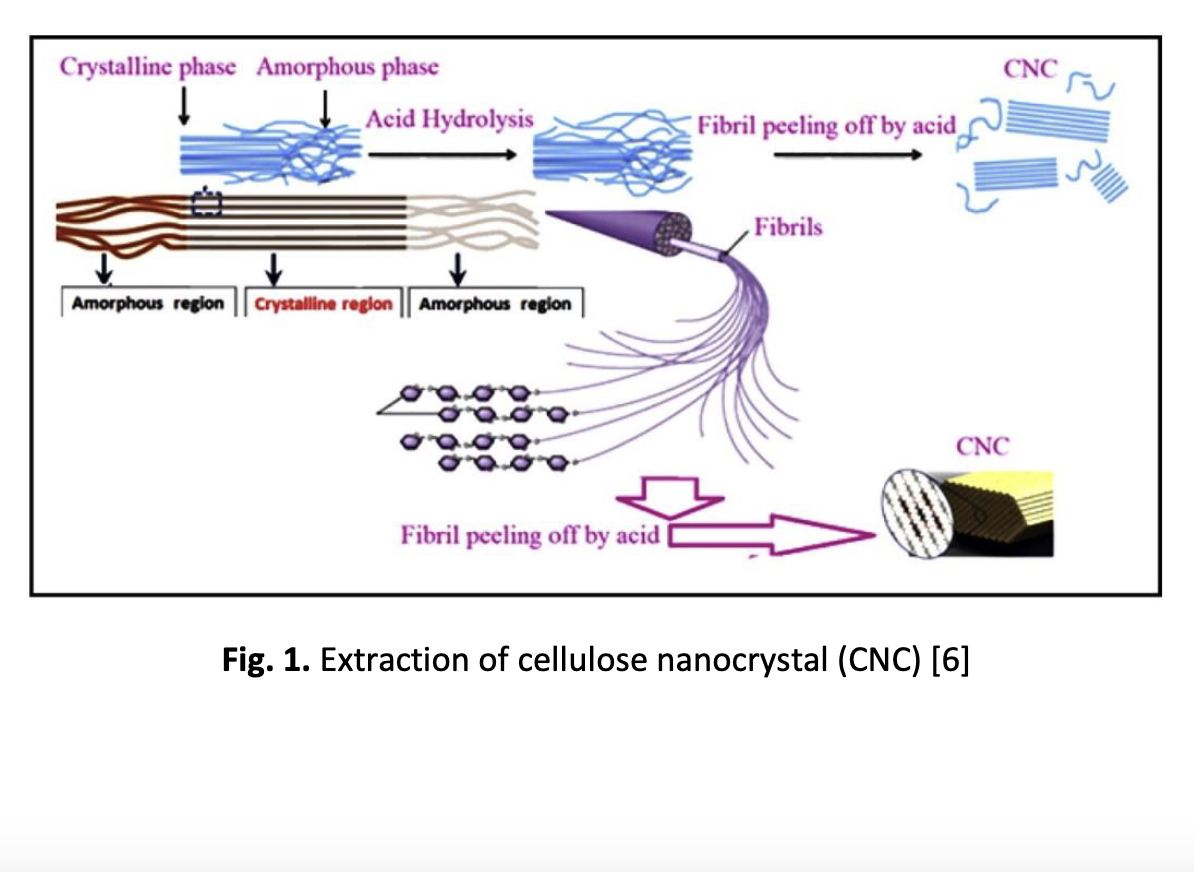Cellulose Nanocrystals: A Brief Review on Properties and General Applications
Keywords:
Cellulose nanocrystals, heat transfer, nanocelluloseAbstract
Cellulose is one of the most widespread natural polymers developed in the ecosystem and have been used in many applications and industrial products since ancient time. Although wood and plant fibers are the main sources of cellulose, other sources can also be found, including algae, fungal bacteria and even some marine animals (such as tunicates). Cellulosic materials are converted into cellulose nanocrystals (CNCs) using mechanical or chemical techniques. Cellulose nanocrystals (CNCs) with high hydrophilicity have emerged as a promising sustainable material for various applications due to increased demand for environmentally friendly, biodegradable and biocompatible goods. The performance of nanocellulose in different applications has been documented by a large number of studies to date. Herein we review existing literature and present an overview of the brief introduction and summarize of recent application nanocellulose such as energy and electronic sectors, wastewater treatment, biomedical, drilling, food and packaging, vehicle, and concrete with a special emphasize on heat transfer application.
Downloads



















